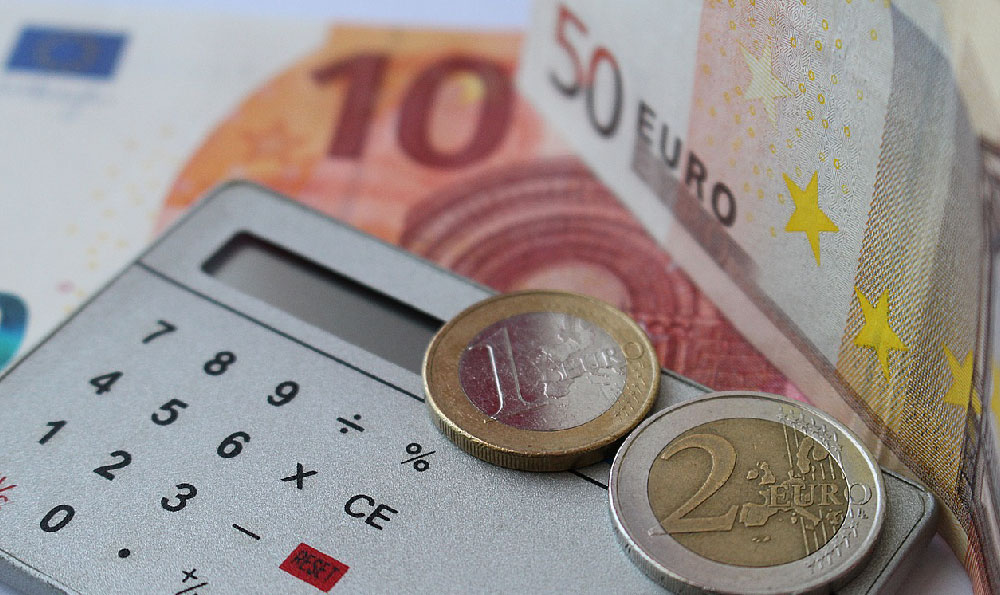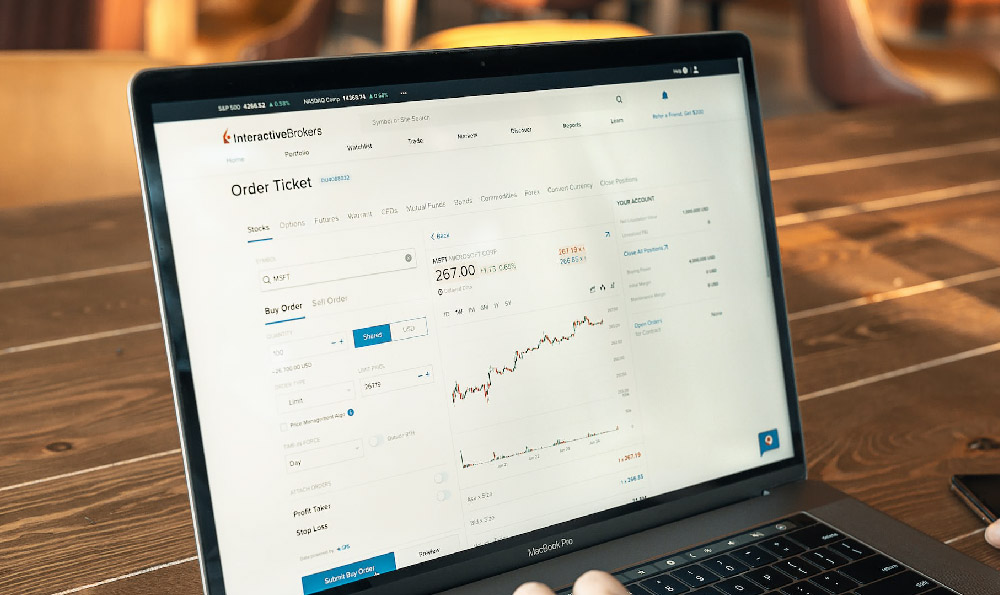Gold jewelry is a timeless adornment, steeped in history and cultural significance. Beyond its aesthetic appeal, many ponder its potential as a legitimate investment. While the glittering allure of gold can be tempting, it's crucial to approach this question with a pragmatic and discerning eye. Whether gold jewelry serves as a wise investment or simply an extravagant accessory hinges on a multitude of factors, encompassing market dynamics, personal financial goals, and a clear understanding of the nuances involved.
One must acknowledge the fundamental difference between investing in gold bullion (coins, bars) and gold jewelry. Gold bullion is valued primarily for its gold content, with pricing closely mirroring the spot price of gold. This makes it a relatively straightforward investment, offering a tangible hedge against inflation and economic uncertainty. Gold jewelry, however, operates in a more complex realm. Its value is determined not solely by the weight of gold but also by craftsmanship, brand recognition, gemstone embellishments, and, perhaps most importantly, its inherent fashion appeal. This added complexity introduces significant markups at the point of purchase. Retailers, designers, and artisans all contribute to the final price, inflating it considerably beyond the raw gold value.
The initial markup presents a significant hurdle for gold jewelry as an investment. When you purchase a piece of jewelry, you're not only paying for the gold content but also for the artistry, the retailer's overhead, and the designer's prestige. Consequently, the spread between the buying price and the potential selling price (the price at which you could realistically sell the jewelry back) is often substantial. This means that the price of gold needs to appreciate significantly for you to even break even, let alone realize a profit.

Liquidity is another critical consideration. Gold bullion can be easily bought and sold through various channels, including online dealers, coin shops, and even some banks. The market for gold bullion is highly liquid, meaning that you can typically convert it into cash quickly and efficiently. Gold jewelry, on the other hand, is a less liquid asset. Selling it often requires finding a willing buyer who appreciates the design and craftsmanship or accepting a lower price from a pawnshop or scrap gold dealer. Furthermore, selling to a dealer typically involves paying a commission, further reducing your potential return.
The purity of gold in jewelry also plays a crucial role. Pure gold (24k) is too soft for most jewelry applications, so it is typically alloyed with other metals to increase its durability. This means that a piece of jewelry marked as 18k gold, for example, contains only 75% pure gold. The remaining 25% is composed of other metals like silver, copper, or zinc. This dilution of gold content directly impacts its inherent value as an investment. Understanding the karat weight of the jewelry and the actual gold content is essential before making any purchase decision.
Fashion trends and personal taste add another layer of complexity. The value of gold jewelry is intrinsically linked to its perceived aesthetic appeal. Pieces that are considered fashionable today may become outdated and less desirable in the future, impacting their resale value. Conversely, vintage or antique pieces from renowned designers may appreciate significantly over time due to their rarity and historical significance. However, predicting these trends is inherently speculative, making it difficult to rely on fashion as a primary driver of investment value.
Furthermore, storing and insuring gold jewelry presents additional costs. While gold bullion can be stored in secure vaults or safety deposit boxes, gold jewelry requires careful handling to prevent damage or theft. Insuring valuable jewelry is essential, but it adds to the overall cost of ownership. These expenses need to be factored into any investment calculation.
Despite these challenges, there are specific scenarios where gold jewelry can function as a somewhat sound investment. Pieces from well-known designers or luxury brands can retain and even appreciate in value, particularly if they are limited edition or feature rare gemstones. Investing in antique jewelry can also be a viable strategy, provided you possess the knowledge and expertise to identify authentic and historically significant pieces. However, this requires specialized knowledge and a keen understanding of the antique market.
Before considering gold jewelry as an investment, it's prudent to first prioritize more conventional investment vehicles, such as stocks, bonds, and real estate. These asset classes typically offer greater liquidity, transparency, and potential for long-term growth. Once a diversified investment portfolio is established, allocating a small portion to gold jewelry (if desired) can be considered more of a luxury indulgence with the potential for future appreciation, rather than a core investment strategy.
Ultimately, the decision of whether gold jewelry is a smart investment depends heavily on your individual circumstances, financial goals, and risk tolerance. If you're primarily seeking a tangible asset that offers a hedge against inflation and economic uncertainty, gold bullion is generally a more efficient and straightforward choice. If, however, you genuinely appreciate the artistry and craftsmanship of gold jewelry and are willing to accept the associated risks and limitations, then it can be viewed as a luxurious accessory that may hold some investment value, but should not be relied upon as a primary means of wealth creation. It is vital to conduct thorough research, understand the market dynamics, and seek professional financial advice before making any significant investment decisions in gold jewelry.












